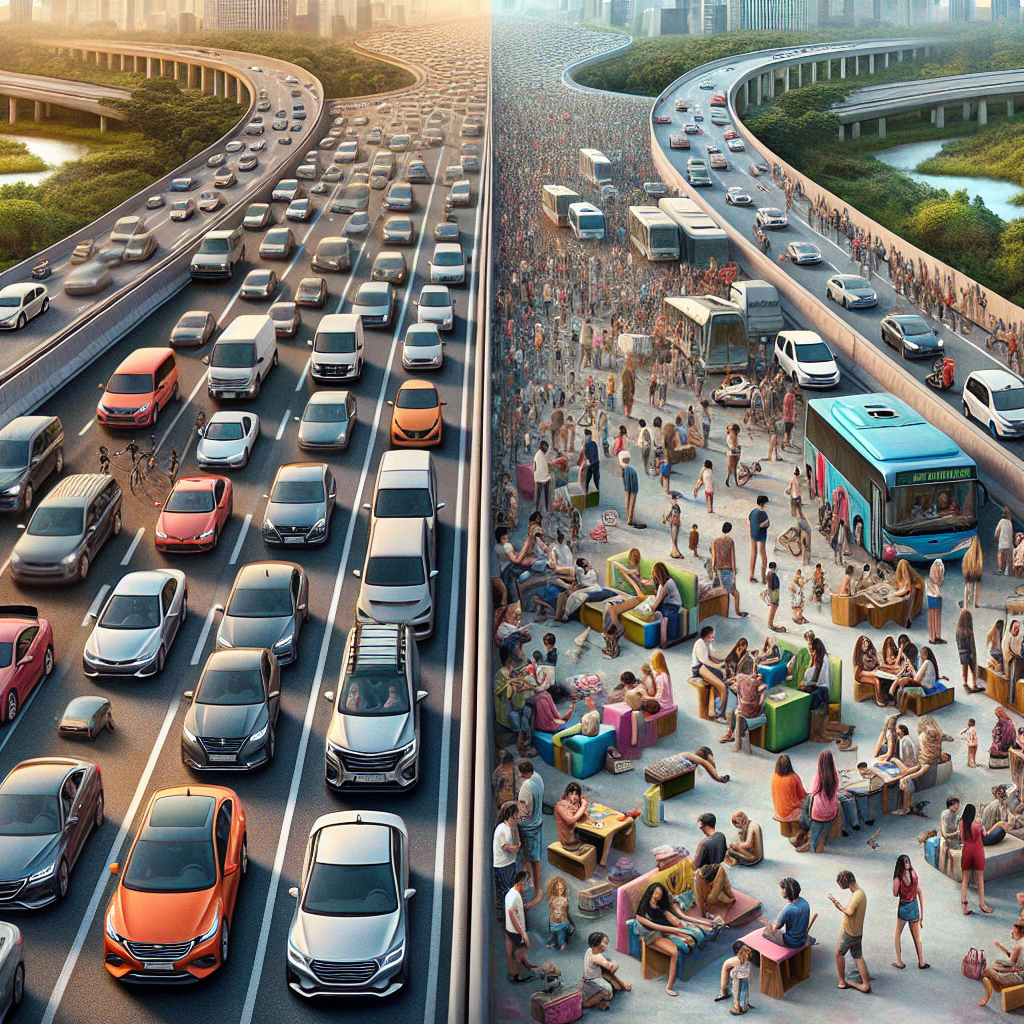The Social Implications of Car Culture on Community and Isolation
In the fabric of modern society, cars have long been more than mere vehicles for transportation; they have shaped cities, influenced lifestyles, and altered the dynamics of communities. From sprawling suburbs to congested urban centers, the omnipresence of cars and the culture that surrounds them has profound implications on social interactions, community cohesion, and individual isolation. This article delves into these implications, exploring how the car culture fosters certain social patterns and behaviors, thereby affecting the very essence of community life and personal experiences of isolation.
The Evolution of Car Culture
Car culture has its roots in the early 20th century when the mass production of automobiles made them accessible to a larger segment of the population. Over the decades, cars became symbols of freedom, status, and individuality. In the United States and many parts of the world, car ownership is often seen as a rite of passage, a step towards adult independence. The infrastructure of cities and towns has evolved to accommodate this growing culture, with highways, sprawling parking lots, and drive-thrus becoming ubiquitous features of the landscape. However, as we navigate the social ramifications of this culture, it becomes evident that the impact on community and isolation is profound and multifaceted.
Impact on Community Connectivity
Car culture has significantly influenced the design and development of urban and suburban areas. Suburbs, in particular, are designed with the assumption that residents will rely on cars for mobility. This has led to communities where amenities and services are spread out, making walking or biking less viable options. The layout of such communities often lacks central gathering spaces, reducing opportunities for spontaneous social interactions that are vital for building a sense of community.
Furthermore, the emphasis on private vehicles over public transportation can lead to socioeconomic segregation. Those who cannot afford a car may find themselves cut off from essential services and social opportunities, exacerbating feelings of isolation and marginalization within their own communities.
Environmental and Psychological Effects
The environmental consequences of car culture, including pollution and the loss of green spaces to parking lots and roads, also have indirect social implications. Increased pollution can lead to health issues that strain community resources and affect quality of life. Moreover, the reduction of natural gathering places limits public spaces where people can come together, further diminishing community cohesion.
On a psychological level, spending long hours in traffic can lead to stress, aggression, and a sense of disconnection from the surrounding community. The isolation of the individual in their vehicle, cut off from social interaction, contrasts sharply with the communal experience of public transportation, where interactions, however minimal, are part of the journey.
The Shift Towards Sustainable Mobility
Recognizing the drawbacks of car-centric cultures, there is a growing movement towards sustainable mobility. This includes the promotion of public transport, cycling, and walking as viable alternatives to car use. Such shifts promise not only environmental benefits but also the potential to foster stronger communities. By designing cities and neighborhoods that prioritize shared spaces and pedestrian-friendly areas, there is an opportunity to promote social interactions and reduce the sense of isolation.
FAQs about the Social Implications of Car Culture
Q: How does car culture contribute to community isolation?
A: Car culture contributes to community isolation by promoting layouts that discourage walking and spontaneous social interactions, leading to reduced communal spaces and increased reliance on private vehicles for mobility.
Q: Can reducing car dependency improve community cohesion?
A: Yes, reducing car dependency and promoting alternative forms of transportation can improve community cohesion. This fosters environments where social interactions are more likely and communal spaces are more accessible to everyone.
Q: What role does urban planning play in addressing the social implications of car culture?
A: Urban planning plays a crucial role by designing cities and neighborhoods that prioritize public transportation, cycling, and walking. This can mitigate the negative social impacts of car culture by encouraging more sustainable and community-friendly forms of mobility.
Q: How does car culture affect mental health?
A: Car culture can negatively affect mental health through increased stress and aggression from long hours spent in traffic, as well as feelings of isolation from spending significant time alone in a vehicle.
Q: Are there examples of communities that have successfully transitioned away from car culture?
A: Yes, several cities around the world, including Copenhagen, Amsterdam, and some areas of Tokyo, have successfully implemented policies that reduce car dependency. These cities have invested in bike lanes, pedestrian zones, and efficient public transportation, resulting in more vibrant, connected communities.
In conclusion, while cars will likely remain a significant aspect of modern life for the foreseeable future, it is imperative to acknowledge and address the social implications of car culture. By fostering sustainable mobility and redesigning urban spaces to encourage community interactions, society can mitigate the effects of car culture on community cohesion and individual isolation. The road ahead requires a collective reimagining of transportation and urban planning, with a focus on creating inclusive, connected communities where all members can thrive.

